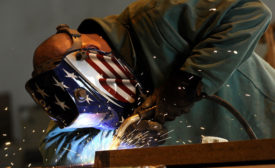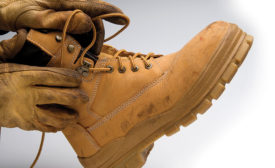PPE
A CDC Science Blog post
Hear and Now Noise Safety Challenge Winners: Part 1 of 3
December 12, 2016
Is your footwear program the right size?
Employees have various point of sale options
December 9, 2016
Is your footwear program the right size?
Employees have various point of sale options
December 1, 2016
Never miss the latest news and trends driving the safety industry
eNewsletter | Website | eMagazine
JOIN TODAYCopyright ©2024. All Rights Reserved BNP Media.
Design, CMS, Hosting & Web Development :: ePublishing







